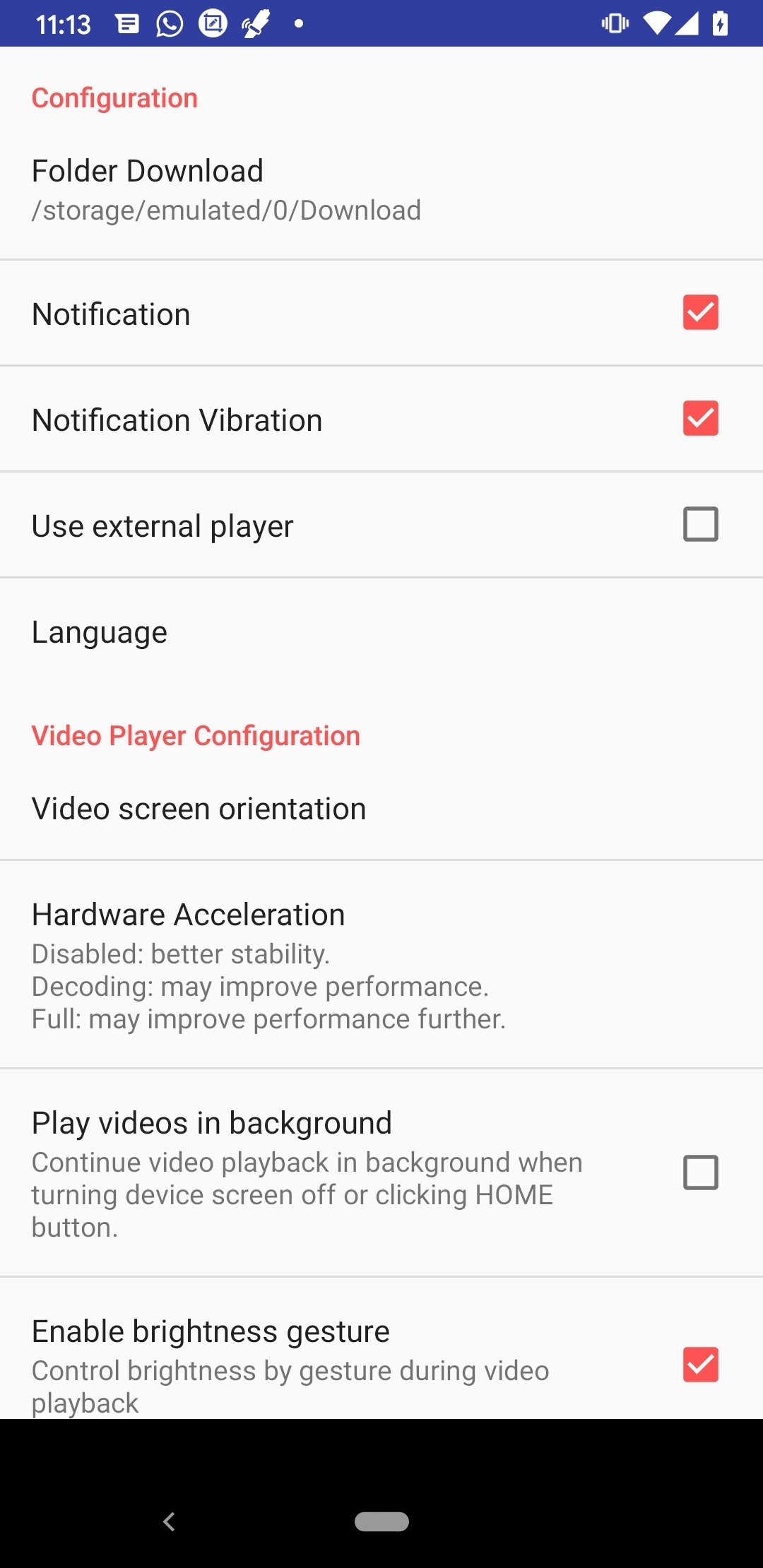
In many signal processing applications today it is well over 50:1 and increasing with algorithmic complexity. Compute Intensity, the number of arithmetic operations per I/O or global memory reference.Stream processing is especially suitable for applications that exhibit three application characteristics: Depending on the context, processor design may be tuned for maximum efficiency or a trade-off for flexibility. By sacrificing some flexibility in the model, the implications allow easier, faster and more efficient execution. Stream processing is essentially a compromise, driven by a data-centric model that works very well for traditional DSP or GPU-type applications (such as image, video and digital signal processing) but less so for general purpose processing with more randomized data access (such as databases). 6 Stream programming libraries and languages.4.2 Models of computation for stream processing.3.3 Parallel Stream paradigm (SIMD/MIMD).3.2 Parallel SIMD paradigm, packed registers (SWAR).3 Comparison to prior parallel paradigms.An example is the language SISAL (Streams and Iteration in a Single Assignment Language).
#Streamcloud streaming manual
The elimination of manual DMA management reduces software complexity, and an associated elimination for hardware cached I/O, reduces the data area expanse that has to be involved with service by specialized computational units such as arithmetic logic units.ĭuring the 1980s stream processing was explored within dataflow programming. Stream processing hardware can use scoreboarding, for example, to initiate a direct memory access (DMA) when dependencies become known. Since the kernel and stream abstractions expose data dependencies, compiler tools can fully automate and optimize on-chip management tasks. Uniform streaming, where one kernel function is applied to all elements in the stream, is typical. Kernel functions are usually pipelined, and optimal local on-chip memory reuse is attempted, in order to minimize the loss in bandwidth, associated with external memory interaction.
#Streamcloud streaming series
Given a sequence of data (a stream), a series of operations ( kernel functions) is applied to each element in the stream. The stream processing paradigm simplifies parallel software and hardware by restricting the parallel computation that can be performed. The software stack for these systems includes components such as programming models and query languages, for expressing computation stream management systems, for distribution and scheduling and hardware components for acceleration including floating-point units, graphics processing units, and field-programmable gate arrays.

Stream processing systems aim to expose parallel processing for data streams and rely on streaming algorithms for efficient implementation. Stream processing encompasses dataflow programming, reactive programming, and distributed data processing. In computer science, stream processing (also known as event stream processing, data stream processing, or distributed stream processing) is a programming paradigm which views data streams, or sequences of events in time, as the central input and output objects of computation. Programming paradigm for parallel processing of data streams


 0 kommentar(er)
0 kommentar(er)
